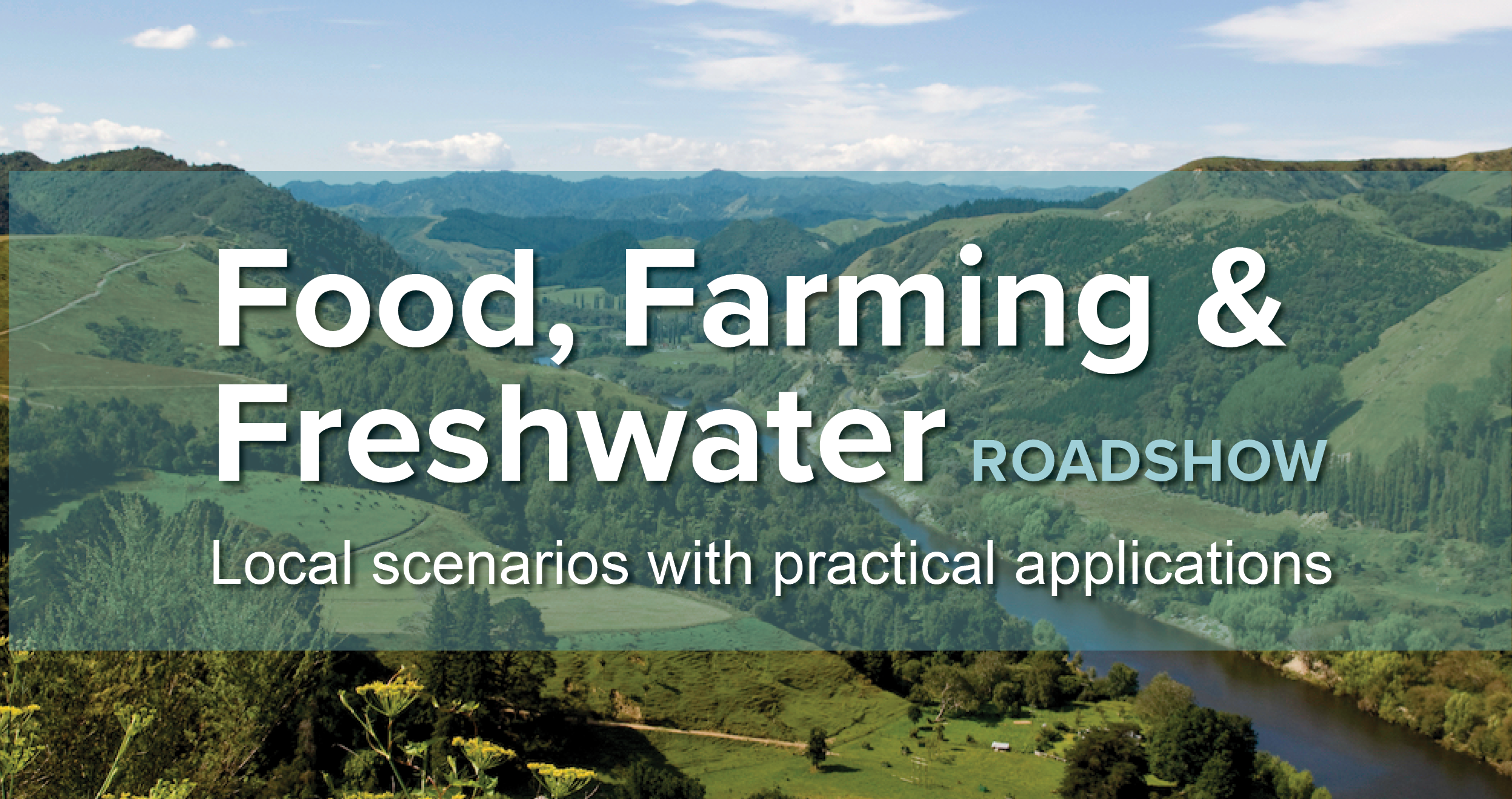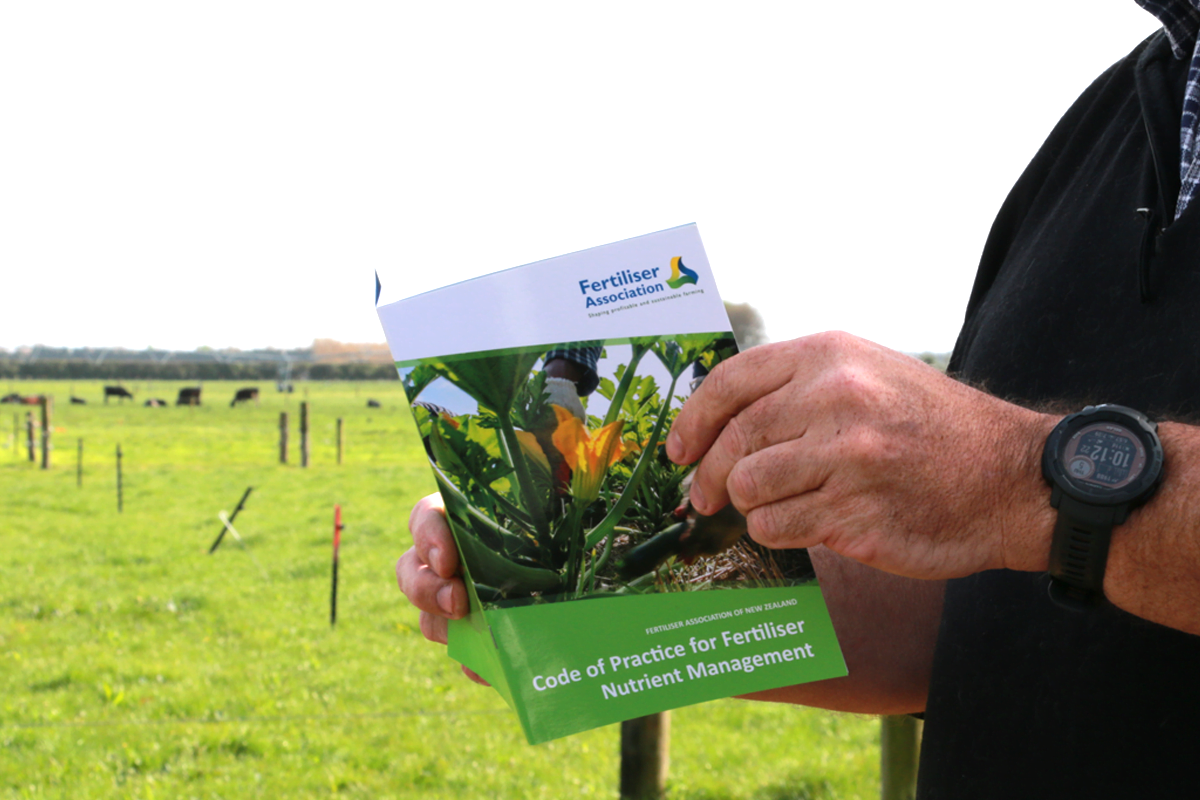Benefits of Trees in Pasture Go Beyond Erosion Control
A recent study highlights benefits for livestock, soil and biodiversity from planting a variety of tree species in pasture – but more adoption is needed to fill knowledge gaps on the best application of silvopastoral systems in New Zealand farm management.
When Bay of Plenty dairy farmers John and Margret Scrimgeour were looking to diversify on their farm, they decided to plant up a steep two-hectare piece of their land with poplars at a 12m by 12m spacing. The north-facing slope gets very hot during warmer months, so along with the poplars’ timber value, the trees offer shade and shelter to grazing animals.
The benefits of tree cover on steep pastoral land are well-known, with tree root systems helping to bind soil and stabilise slopes. They can also act like sponges in rain events, drawing water into their canopy where it evaporates.
Silvopastoral farm systems, in which trees are planted at wide spacings in pasture with livestock grazing underneath, are common overseas. In New Zealand, adoption has generally been limited to poplars and willows, planted in erosion-prone gullies and on farms in parts of the North Island for soil conservation and slope stabilisation.
Looking into how silvopastoral systems could benefit pasture-based farm systems more widely was part of a recent study led by Raphael Spiekermann at Manaaki Whenua Landcare Research, with a journal article now submitted for publication.
“Different tree species will be good for different things on the farm and we wanted to open up the conversation around that,” says Thomas Mackay-Smith, landscape ecologist at Massey University, who was part of the research team.
The researchers, with funding through Our Land and Water, looked for knowledge gaps in the use of silvopastoral systems on New Zealand farms, such as the use of native species instead of exotics. While pasture production can be impacted under some trees, it can increase under others, says Mackay-Smith, citing increases found with kānuka in pasture.
More pastoral farmers need to give trees a go on their farms to help build up a reservoir of knowledge about which trees, including natives, can add value to New Zealand’s rural landscape.
Barriers to silvopastoral systems being used more were also looked at.
A workshop to connect farmers interested in using trees in farm systems, land management advisers, policy advisers and advocates, found most of the farmers already practiced some form of silvopasture themselves and were well aware of possible future benefits. (The researchers acknowledge the make-up of the group didn’t include any farmers who see trees on farms as a nuisance.)
There were no surprises when the farmers put erosion control at the top of the list of benefits. Being able to provide shade for their animals was also seen as a big plus as the climate warms, to mitigate the risk of heat stress in livestock and its potential to reduce milk production in dairy cows.
Attracting more biodiversity onto the farm through bird and insect populations was also a popular reason for tree-planting in pasture. Flowering trees will attract bees, helping pollinate pasture species and providing food for on-farm beehives. The trees could also help create wildlife corridors for birds through farmland, connecting native bush areas, along with birds doing pest control duty and adding a bit of extra fertilizer with their droppings.
The research found one study that indicated nutrient cycling could be another possible benefit. For the Scrimgeours in the Bay of Plenty, the possibility that their poplar trees may draw nutrients up from deeper in the soil and increase soil nutrients and fertility at the surface through leaf-drop was something that fed into their decision to plant.
The potential of carbon credits saw a lot of interest among farmers in the workshop, although there was frustration with current rules excluding credits for individual trees, as many silvopastoral designs could be excluded.
The cost of protecting young trees from pests like possums along with potential survival rates and planting costs were among other issues raised.
The overriding message from the research was that as well as erosion control, planting a variety of tree species could benefit biodiversity, provide animal shelter, and could be an option to boost farming’s social licence to operate. More pastoral farmers need to give trees a go on their farms to help build up a reservoir of knowledge about which trees, including natives, can add value to New Zealand’s rural landscape.
More information:
- Silvopastoral Systems project webpage
Author
4 responses to “Benefits of Trees in Pasture Go Beyond Erosion Control”
Seems to have focussed on the tree aspect and not the pastoral use/benefits side.
There is an opportunity for multi-tier farming as well.
Goats have a role, being able to handle higher tannin intake and consequently widening the livestock parameter of the pastoral componentJust in terms of the diagram with the trees in the landscape.
(2) first & foremost should be shade, animal health / welfare. 2nd may be that they are high value timber species. They may not be though.
(3) shelterbelts I would not say ‘fast growing evergreens. That’s not necessarily a good recipe for shelter at all.
– natives (slow growing, but easy maintaining & long rotation / permanent is better than fast growing & issues with that.
– depending on the direction the line goes in, the main trees might not be evergreen at all.Over all numbered tree types, aesthetics & biodiversity values are important. A land owner isn’t going plant something they don’t like / going to look ugly or not going to benefit insects, birds and alike
You could also consider contacting the NZ Farm Forestry Assn. These folk have been planting all sorts of trees on their farms, exotics and natives , for well over 50 years and they have a wealth of experience. Their website also includes a lot of information on different species of trees for timber, shade, shelter, fodder, carbon and biodiversity. The NZFFA also has a number of special interest groups including Blackwoods, Indigenous, Cypress, Oaks, and Eucalypts. There are also the NZ Dryland Forestry Initiative people who have been researching ground-durable Eucalypus for over ten years (with seedlings now coming available) and the Northland Totara group. And there’s Tanes Tree Trust of course. I also have a list of exotic species that should not be planted due to their wilding potential.
On the subject of carbon … landowners who plant woodlots, particularly more valuable hardwoods and softwoods, can enter those trees in the ETS and in the Permanent Forest category. To be eligible the land cannot have had ‘forest’ species growing prior to 1990 or if it did, they were cleared prior to 2008. Furthermore, the area needs to be one hectare or more with an average width of at least 30 metres and be planted (or regenerated) in species that are able to reach at least 5 metres in that location. Crucially the tree canopy AT MATURITY must cover at least 30% of each hectare.
This means that under the Permanent Forest category, clearcutting is not allowed but small groups or individual trees (continuous canopy) harvesting can be undertaken provided that 30% canopy cover (at maturity) is maintained. For instance, an oak, poplar or eucalypt woodlot planted at say 4 m x 4 m (625 stems per ha) can be harvested down to 40 stems per ha (at maturity) assuming a crown diameter of 10 metres is achieved. Replanting in the canopy gaps will maintain that woodlot for many decades.
 View Our Strategy Document 2019 – 2024
View Our Strategy Document 2019 – 2024




Leave a Reply